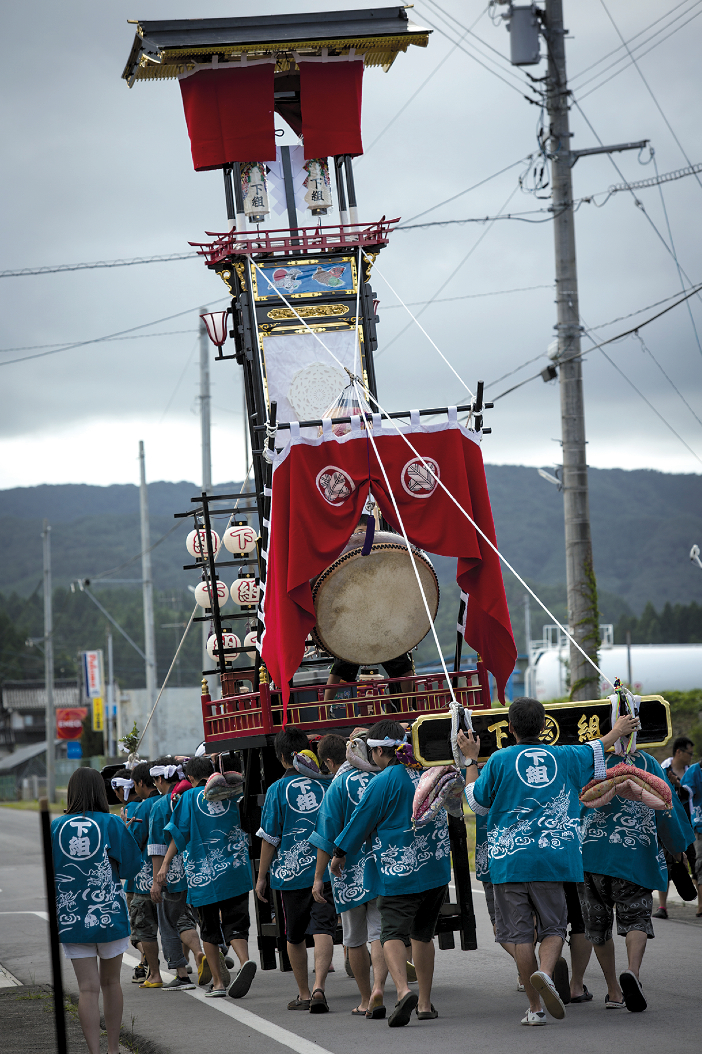
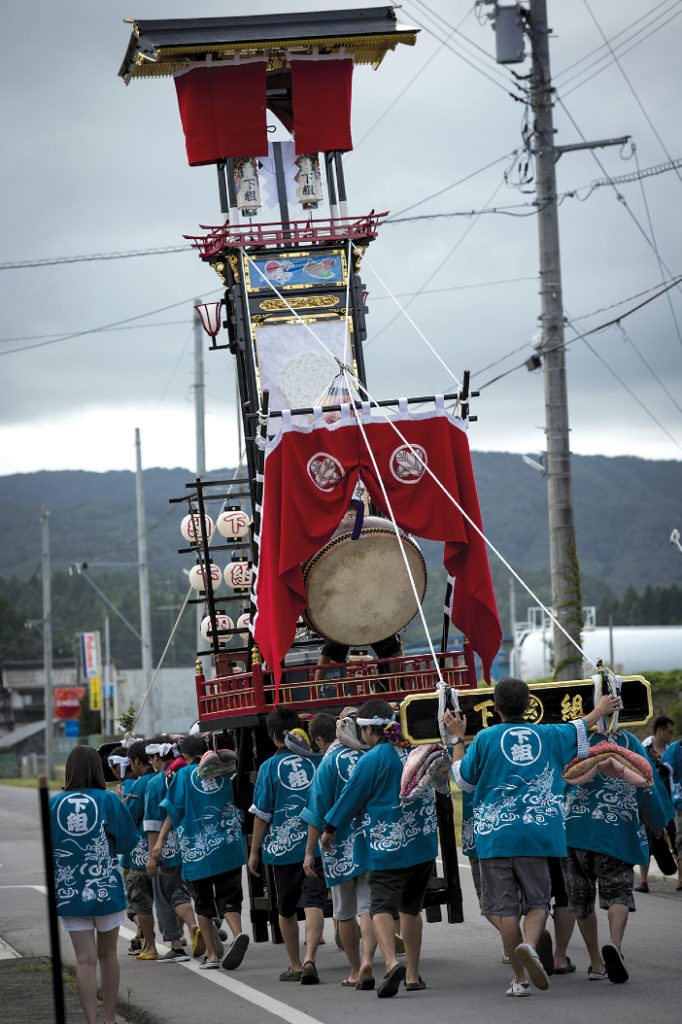
At the closing ceremony of the 2016 Olympics in Rio, Brazil, the presence of Shinzo Abe, the Prime Minister of Japan, dressed as “Abe-Mario”, caught the attention of millions around the world. It created an impression of Japan that is characterised by a series of popular Japanese anime characters, such as Captain Tsubasa and Sailor Moon girls, as well as its high-tech image. By doing this, “Abe- Mario” fulfilled his mission: to introduce Tokyo ahead of the 2020 Olympic Games. The Japanese “Mario”, a great performer and entertainer, is a perfect advert for Japanese high technology as the country puts all its efforts into ramping up technological and scientific innovation and development.
“In the year 2020, throughout the Tokyo metropolitan area, we’ll see many driverless cars on the road!” Abe announced at an international scientific technology event in Kyoto last year. He launched a national project called the “Strategic Innovation Promotion Programme (SID)”— a cross-ministerial scheme to enhance Japanese technology. Even among the top priority items, the self-driving car programme reigns supreme. Now, Japan’s largest car manufacturers, such as Toyota, are jumping at the chance to join in the national project.
The Olympics frequently give birth to new, innovative transport technology in host countries. In 1964, at the last Tokyo Olympics, for example, Japan debuted the world’s fastest bullet train, the Shinkansen “Dream of a super special highspeed train called the Hikari”, connecting Tokyo and Osaka. The Shinkansen was described as a “Japanese miracle” — a symbol of the stunningly rapid economic reconstruction the country had accomplished, in just 20 years, after the Second World War. In 1964, during Japan’s first Olympics, the country was celebrating a record-high population surge – the so-called “Baby Boomers”. By contrast, when its second Olympic Games take place in 2020, Japan will have the world’s oldest population with 29.1% of its inhabitants aged over 65; in other words, 36,124,000 elderly people.
In the Tokyo Metropolitan Area, the driverless car is a symbol of the state-of-art “Mario” entertainment and Japanese technology planned for the millions of spectators expected to attend the Olympics. On the other hand, 460km northwest of Tokyo, in Suzu, Ishikawa Prefecture, a fishing town perched on the Sea of Japan at the tip of the Noto Peninsula, local residents see the selfdriving cars in a completely different light. Here, people desperately need these cars in the face of a rapidly ageing society and a lack of public transport. Since last February, when a driverless car first appeared on a public road as a result of a collaboration between Kanazawa University and Suzu, in the run up to 2020, researchers have been test driving one of these cars weekly to assess the technology and sort out any problems.
The population of Suzu is about 15,000, and nearly half of them are elderly (over the age of 65) in comparison to 27.5% nationally. Suzu is typical of many small local towns suffering from the effects of an ageing population. Out of 6,496 households in the town, 1,344 are elderly residents living alone. 35.5% of people over 60 are currently seeking employment. In a survey conducted by the local authority last year, around half of the 4,649 households with elderly people who were contacted said they were having trou ble shopping as they had difficulty driving, or did not have a car.
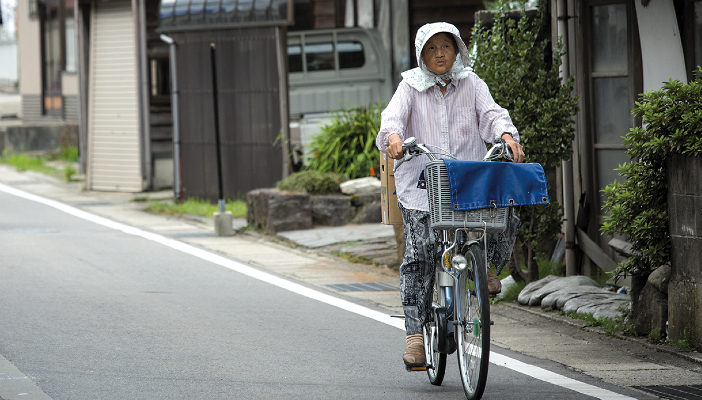
It takes 3 hours driving from Kanazawa, capital city of Ishikawa Prefecture, to reach Suzu. There are almost no transport options, apart from cars or very infrequent buses, for residents who want to visit Suzu, which is situated on the northeastern- most tip of Noto Peninsula. The town itself is like a small island that has become culturally and historically isolated, uninfluenced by the outside world.
Surrounded by blue ocean and the tranquil sounds of waves, the town is very photogenic and quaint, and its traditional fishermen’s houses with dark black stone roofs, called noto-gawara, and dark brown wooden walls lend it an overall unified appearance. It is also designated as a Globally Important Agricultural Heritage Systems (GIAHS) area by the Food and Agriculture Organisation of the United Nations.
It’s not only tradition that’s evident in this city, but also the next generation of renewable energy. There are 6-7 wind turbines situated in the peaceful green mountains, and a vast solar-panel farm in the middle of a rice field. In this town, it’s not nuclear energy, but new alternative energy that’s embraced at the Natural Energy PR House. In 2003, a 28-year battle by the inhabitants put a stop to a planned nuclear power station.
“As the host country of the 2020 Olympics, the central government intends to introduce mobile self-driving cars in metropolitan areas. Nissan, Toyota, Nagoya University, and other manufacturers are already undertaking experiments. But, in a different context, the cars’ contribution should not be limited to big cities, but should be extended to local areas hit by depopulation. Like our town, in Japan 70-80% of small local towns are suffering from the affects of an ageing society and transport problems, ” says Naoyuki Kaneda, a managing director in the Finance and Planning Department at Suzu Town Hall.
In his role as a city planner, he confirms the advantages of the driverless car: “I believe this self-driving car offers us a chance to solve the problem, and can only be beneficial for the future of my town.”
The problems of an ageing population are not only affecting local residents, but also creating difficulties in securing an adequate number of professional drivers for public transport such as buses and taxis. Last year, the average age was 51 for taxi drivers and over 60 for bus divers, Kaneda says. “Normally, only those who have had specialist training are eligible to drive taxis and buses. I expect that, in the near future, the introduction of this driverless car system will mean even elderly drivers with lower levels of professional skill will be able to work in public transport.”
At the moment, there is almost no public transport in the town. According to Naoyuki, there’s only one bus company and one taxi company. In some rural areas, bus services are limited to one a day.
During the day, Zoom Japan reporter Makiko Segawa saw more elderly people riding bicycles than driving cars. This year, from January until August, only 6 traffic accidents were reported to the Suzu police; three involved people over 65 years of age.
“We need this self-driving car system,” said 58- year-old Eiko Tanino, a manager at the Tanino Ryokan, a 70-year-old inn “Every week, my 80- year-old father carries his vegetables down the mountain to me, driving 40 minutes in his small truck. I worry about his driving all the time.” “In the town, we see many cars labelled with a Koreisha mark (aged driver sign). Sometimes, old people drive their cars at 20km an hour. Recently, a car drove through the red lights at a cross-road.”
Her 64-year-old husband, Katsuhiko, said he worries about his driving skills because he suffers from rheumatism. “My hands and legs feel numb, but I have to drive a car to hospital twice a week in order to get injections.”
80-year-old Hiroko Ishida lives with her 81-yearold husband who is bedridden because of a brain infection. She relies on their pension and the vegetables she harvests in her garden.
“Because I’ve turned 80, I handed in my driving licence,” Hiroko said. Today, instead of a car, she has an electric bicycle to go shopping and uses a taxi to take her husband to hospital, which is about 7-8km away.
Fusako Nakahama (75), a former nutritionist for school lunches at a local elementary school, lives alone in a big, century-old traditional fisherman’s house with a dark black stone roof and dark brown wooden walls. Due to the exodus of the younger generations to the big cities, the number of vacant houses in her neighbourhood has increased. Within a 100-metre radius of her home, there are more than 10 empty houses.
“During this season, early September, I used to open up my entire ground floor, remove the fusuma (paper walls), and would entertain 40 to 50 guests and children from the neighbourhood with my home-made dishes, such as red-bean rice, sashimi, steamed vegetables, and lots of local cuisine.” Fusako recalls the good times that took place in her four spacious tatami rooms and kitchen.
“I used to drive two and a half hours to Kanazawa city to visit my children, but not anymore. Once a year, my daughter visits me and we clean my house together.”
On September 6th, a 300-400 year old traditional festival, Kiriko, was held to ensure a good local harvest. 30-40 young residents wheeled 6- metre-tall “lanterns” weighing two tons through the neighbourhood. In this area, there’s a traditional custom called yobare — a household invites friends, colleagues, travellers, and guests to enjoy plenty of home-made local food and sake. But, year by year, fewer and fewer inhabitants practise this custom. Fusako has also now stopped doing so.
In the past 10 years, prior to the introduction of the driverless car, Suzu, in partnership with Kanawazawa University, has been promoting measures to create a self-sufficient community. In 2004, this collaborative effort launched a community college with a research programme specialising in the fields of environment, depopulation, local traditions, nature, etc. Last year, the city was awarded the Platinum Grand Prize in honour of its ten-year effort and progressive approach to solving local problems.
The name of Suzu has become known in the media owing to this prize and for the invention of the self-driving car. Additionally, the opening of the “Hokuriku-Shinkansen” last year, a 2.5 hour train route between Tokyo and Kanazawa, the main city in Ishikawa, increased the number of tourists coming to the city. According to the town’s tourism department, 1,320,223 people visited in 2015, about 1.6 times more than in 2014.
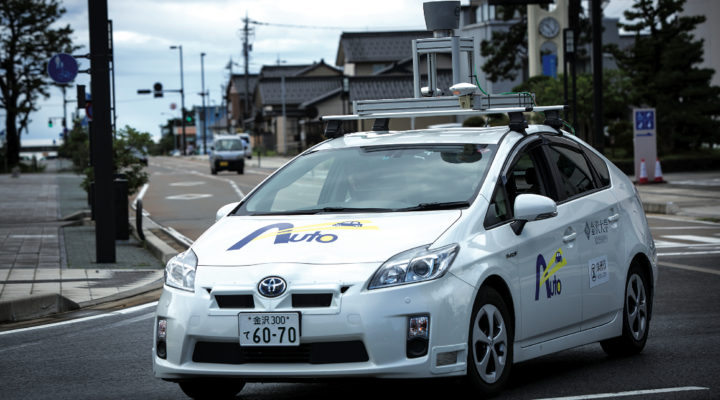
Yukiya Ozawa (29) from the tourism department at Suzu Town Hall sees the driverless car as a way of increasing the number of tourists, including those from abroad. “Next year, the anime series Mobile Suit Gundam will celebrate its 40th anniversary. Together with the self-driving car, it will be a boost for tourism. I want the rest of the world to recognize Suzu as a town of old traditions like, Kiriko as well as advancedtechnology represented by the driverless car.” On September 6th, alongside the 300 to 400- year-old traditional Kiriko vehicles, Naoki Suganuma (40), an associate professor at Kanazawa University, is busy test driving a self-driving car. His 3-year-old son calls this car, “Daddy’s car”. Ironically, this first-born son of parents who worked for Toyota in Toyota City, Nagoya, has disliked driving cars since he was a teenager. “Originally, I detested driving cars. That’s why I decided to invent ‘Auto-Car’ for myself. Driving is so exhausting, isn’t it?” – his question surprised Zoom Japan.
Naoki drives his “Daddy’s car” as an experiment a few times a month. When this car made a debut last February, it could only drive a distance of 6 kilometres, and only in the city. Now, come September, it can travel 10 times further, and its speed has increased from 30km/hr last year up to 60km/hr.
“Daddy’s car” is a strange-looking, white Toyota Prius with 5 seats. It costs about half a million dollars, and has a roof-mounted colour camera that rotates 360 degrees, which can recognise the movement of objects and traffic lights by means of fibre optics and radar. The camera’s radar captures images, which, combined with existing map data, plots the precise position of the car. Inside the car, a 20 x 30 centimetre GPS screen reflects images captured by the radar; people are highlighted in red, while cars are in green. Because of traffic laws, the driver needs to be touching the steering-wheel, but he does not have to turn it or use the brake pedal.
Before starting his journey, Naoki enters the destination “Suzu City General Hospital” (2 miles away from Suzu Town Hall) into the GPS and increases the speed limit to 50 km/hr.
The car stops in front of a red light at a crossing and its GPS announces: “Very soon, we will turn left at the next traffic light,” and each time the car itself turns the steering-wheel. Suddenly, the car stops in the middle of the road, pulling up beside a heavy-goods vehicle parked at the side of the road, rather than pulling out and passing it. “The computer is set so that it must not cross the centre-line, so it stopped,” Naoki explains. In 3 minutes, the car has arrived at the hospital. Naoki points out the biggest challenge faced by the car in this town: “It’s different from Google’s self-driving car, which is being tested in California in stable, sunny weather. Climate change has had a great affect here resulting in heavy snow and rain, for instance. This is one of the biggest differences between our car and the Google car.” There’s also a difference between a human driver and a computer driver in terms of their ability to “sense the texture of objects”. A driverless car overreacts to an unexpected obstacle such as wood or sticks, and comes to a stop, while humans do not bother to avoid such things. “Also, when it snows, the landscape changes dramatically, and the recognition system of a driverless car experiences difficulties.”
“It’s not as good as a human driver yet. I have to develop it into a more sophisticated way of driving, for example, by adapting an artificial intelligence system that can learn from a professional driver.” Naoki aims to improve the driverless car so that it matches the skills of a professional driver.
“Until today, almost 80% of all the problems have been resolved. If our team can solve the issue of rain and snow, the remaining 20% will be sorted too!” Junya Oishi (41), a collaborator of Naoki’s at a company called Increment P, which produces navigation maps for drivers, revealed: that: “It’s an enormous challenge for us in that we have to insert the most detailed information, which we’ve never had to do before for ordinary GPS maps. Everyday brings with it a surprising new discovery.” The level of precision required is more than 15 times greater than for ordinary GPS. For instance, there’s only a 20-25cm tolerance allowed between the maps and the actual road, compared to an acceptable difference of more than 3m for a normal GPS system. “Suzu is an ideal place to gather precise data because, unlike larger cities, it does not have too many tall buildings to block satellite signals. There are many empty spaces here,” says Junya, expressing satisfaction with his collaboration with Naoki. In order to achieve the remaining 20% needed to complete the development of self-driving cars, Naoki must tackle the one overwhelming problem obstructing his research. “There’s a shortage of research into driverless cars. We definitely need more researchers for this! I’d even appreciate a good researcher from Europe!” Naoki exclaims to Zoom Japan.
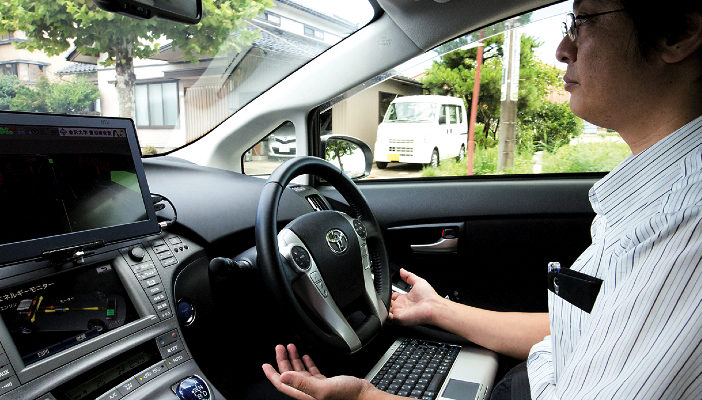
“We need at least 10 researchers. Then we could achieve a lot more. With 10 professionals, we can shorten the lead-time and rapidly solve minor problems. Then, finally, we’ll be able to compete with Google on a level playing field”. Currently, in his laboratory there are 3 researchers, including a post-doctoral student, Mohammand Amno Aldibaja (32), who comes from Palestine. “It’s such an exciting project. We have to develop the driverless car so that it exceeds the skill of a human driver. Humans are allowed to have traffic accidents, but this driverless car is not allowed to make a single mistake! If it causes just one accident, the whole of the self-driving car industry will be destroyed at a stroke”. The post-doctoral Palestinian seeks a 100% perfect performance from the car. It is partly because he’s mindful of people’s reaction to the recent fatal crash in the U.S. last July involving a self-driving car. Why does Naoki struggle so hard to find researchers? One of the biggest reasons is money. Naoki managed to raise a yearly budget of half a million dollars from 12-13 car manufacturers and distributors. “If I hire another 1 or 2 researchers a year, this budget will be rapidly swallowed up. Ideally, we need at least a million dollars a year.”
“I am like Warashibe Choja. I’ve been used to making the most of a tiny, limited budget for research development ever since I was a university student.” Warashibe Choja, known as “The Straw Millionaire” in English, is an ancient Japanese folktale about a poor man who becomes rich and successful by trading items – the poor man started out by exchanging his straw hat for an item of greater value. 15 years ago, when he was a 22-year-old university student, Naoki started developing a driverless car with just a $15,000 (150,000 yen) Sony camera and no financial assistance. “In 1996, my professor at the Robbot laboratory suddenly brought me a car and said, “Please it make move!” He smiles at the memory of his first attempt into researching the development of driverless cars.
It took him another 10 years to develop a camera recognition system for a driverless car, and then find an industrial sponsor. “The sponsor, a company I collaborated with, gave me 1-2 million yen. With this money, I developed both a recognition system as well as a plan for a self-driving car.” During the 15-year period of research into these cars, his passion was not well understood by other professors. Some said to him, “You seem to be playing around too much!” or “Why are you making such a useless vehicle?” “To begin with, the self-driving car research was my favourite hobby, like-kick boxing or marathon running are for other people. In the middle of my research, I started feeling that I’d like people to benefit from it, and thought it could be of use to elderly drivers. So, I chose Suzu, a town with almost no public transport,” says Naoki.
“2020 is just another milestone for me, another significant moment. My goal for 2020 is to develop the driverless car to the point where elderly people can travel together on front seat. At the moment, ‘Auto-Car’ means a support system to help the driver. During the course of the next 15 years, I’d like to develop a car requiring no input from a human driver, and I believe it’s possible to achieve this before I retire from the university.” The Ministry of Economy, Trade and Industry (METI) released a “Roadmap & Definition” of a driverless car. The Roadmap says, “Until early 2020, a self-driving car will cover all functions needed to control acceleration and movement.” After 2020, it states the final goal is for a “perfect non-human driver”.
Included in its scheme for a Roadmap, METI underlines the importance of “the development of industry-university collaboration”. It states: “As a foundation to boost the latest research development and manpower training, collaboration between industry and universities is vitally important. However, in Japan, we have not yet begun to achieve the same level of collaboration found in other Western countries”. The government itself admits that, culturally, researchers like Naoki have not been given enough support or respect. In 2016, the total number of elderly people in Japan is around 3.46 million, making up 27.5% of the population. And while the total number of traffic accidents have been gradually decreasing in Japan, the percentage of car accidents involving elderly drivers aged 65 and over has been increasing. According to the Metropolitan Police Department, 1 in 3 elderly people over 75 holds a driving licence. Last year (2015), driving licence holders numbered 4.8 million. In the past 5 years, it increased to 1.3 million elderly drivers. In the whole of Japan, “Every year, over 200 cases of people driving the wrong way down a motorway are reported”. The majority of offenders are elderly drivers.
What Suzu and Kanazawa University are developing in this sparsely-populated town will certainly make a great contribution to the prevention of car accidents in one of the world’s fastest ageing countries.
SEGAWA MAKIKO

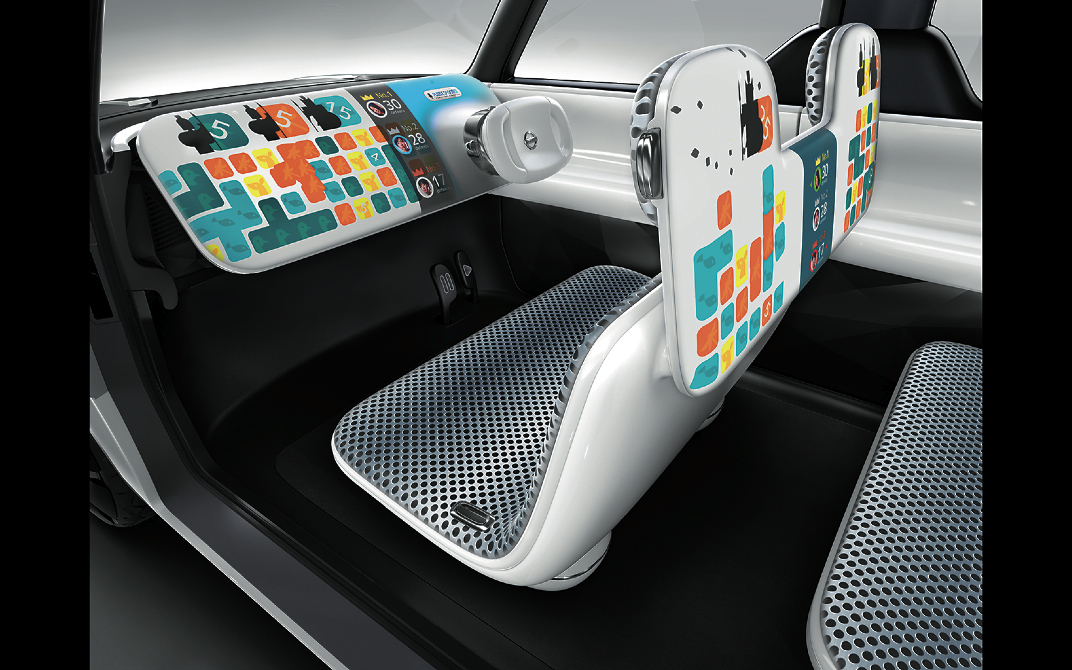
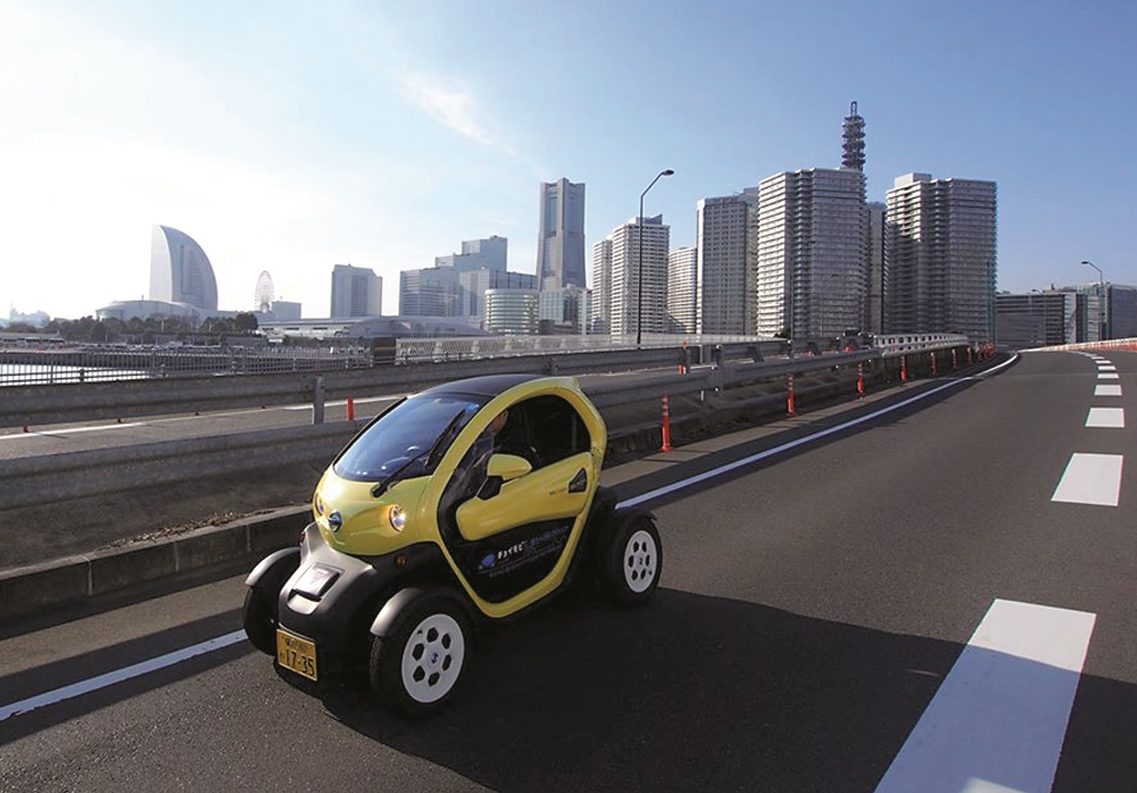
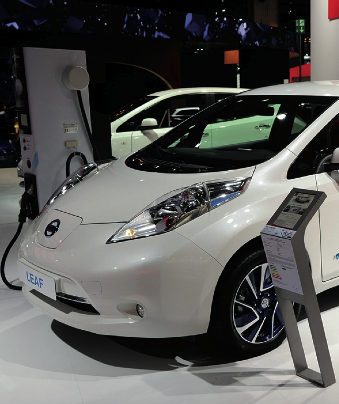
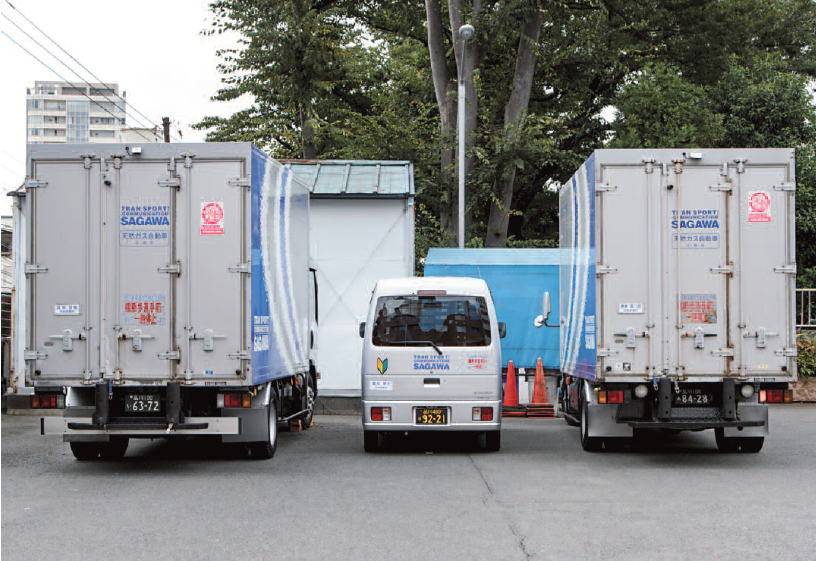
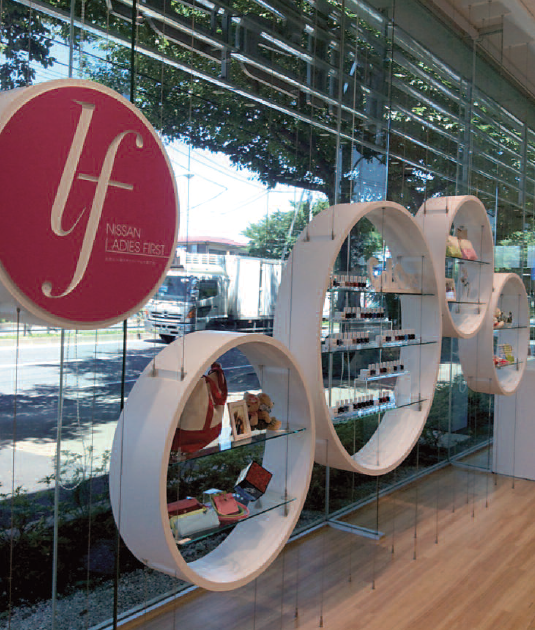
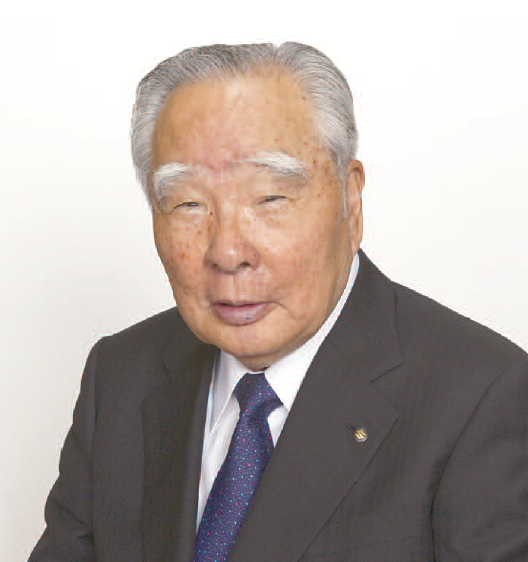

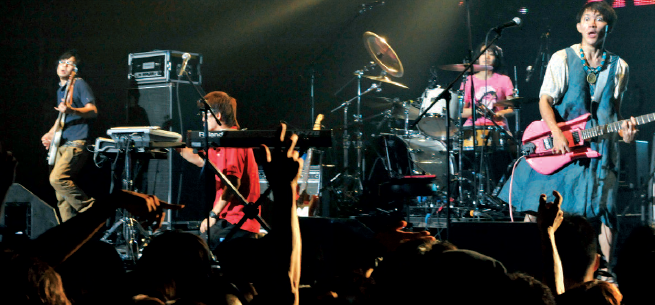
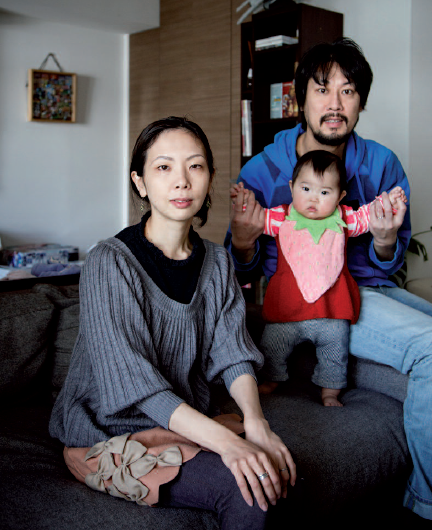

Leave a Reply